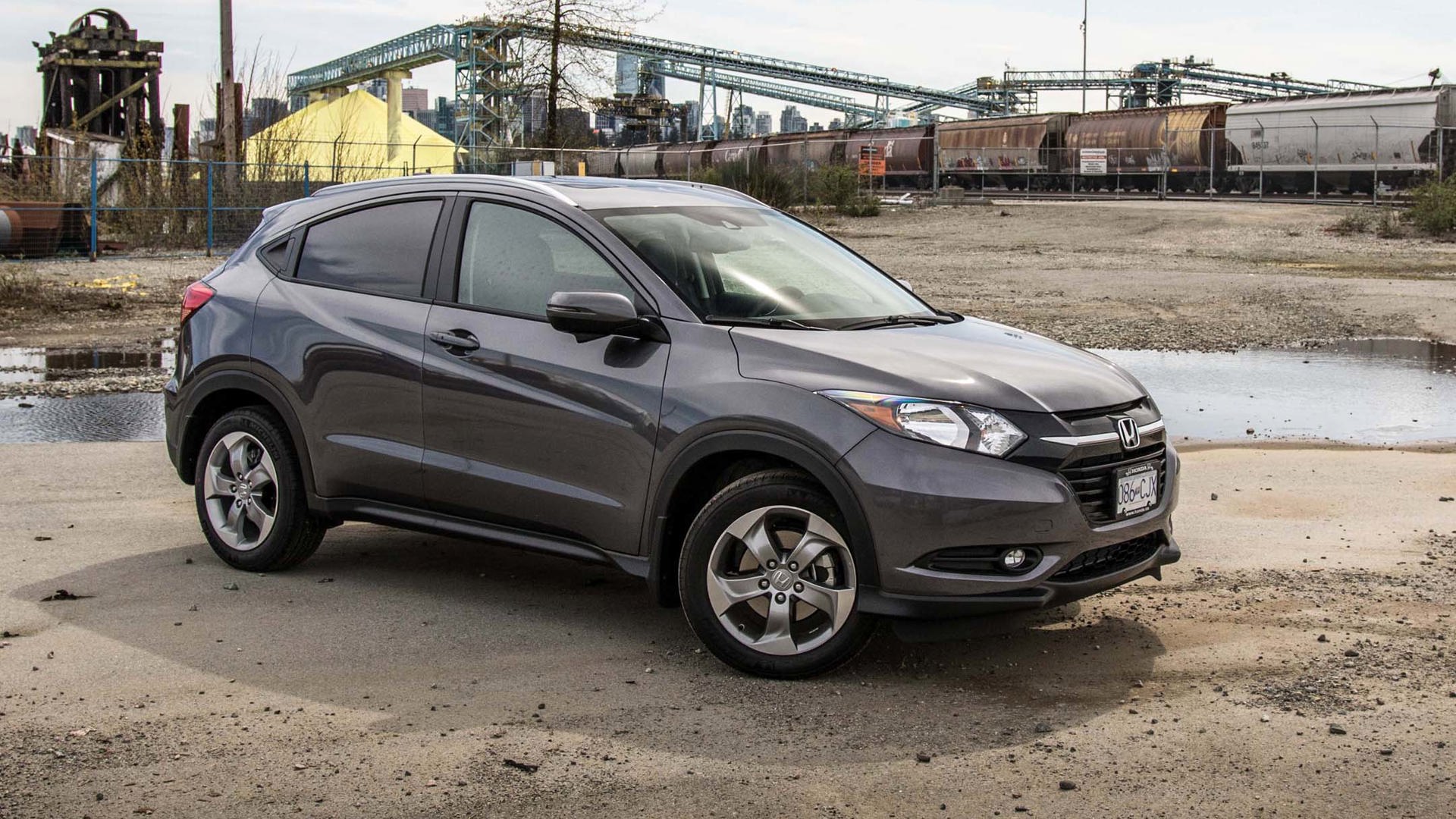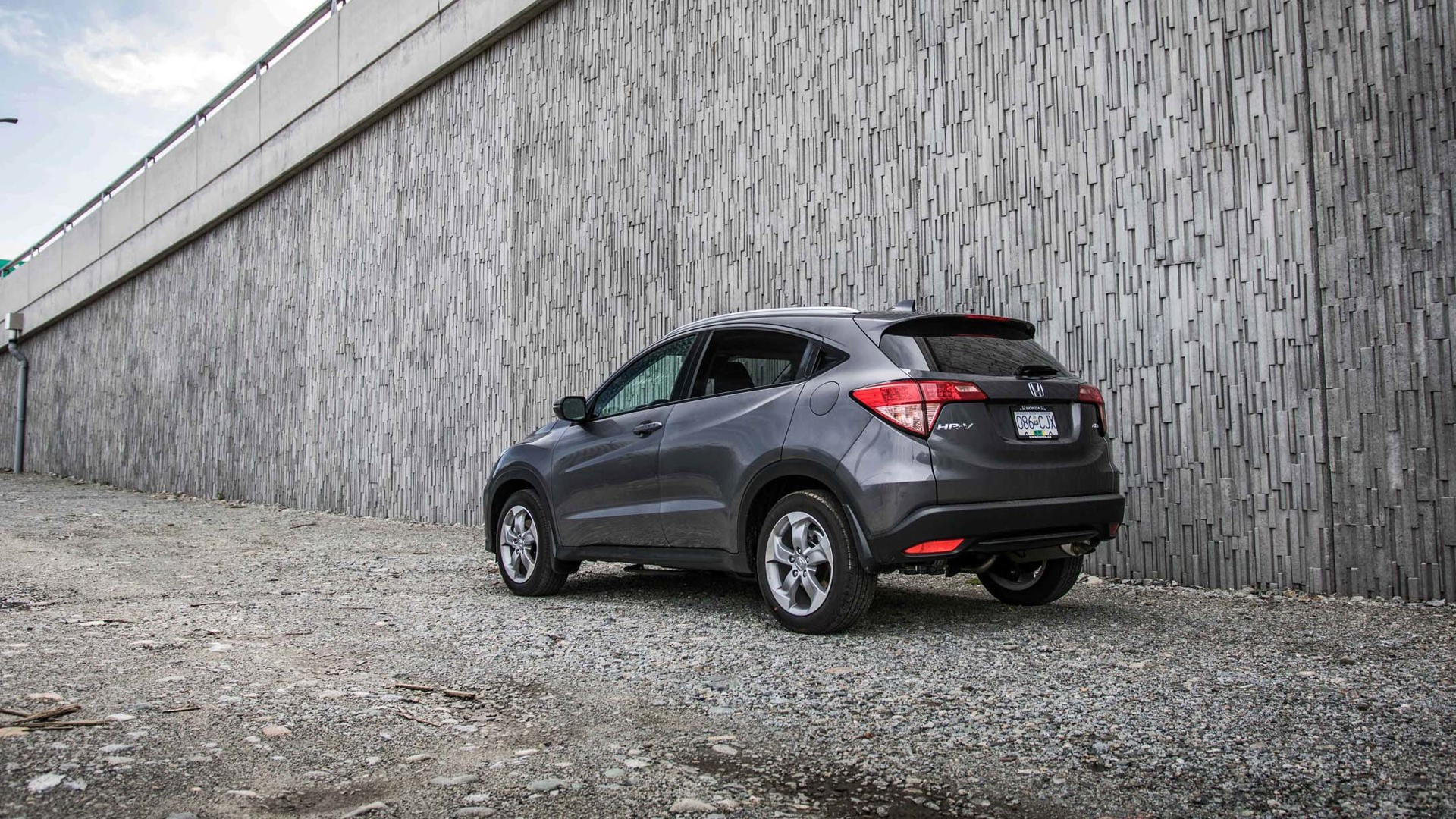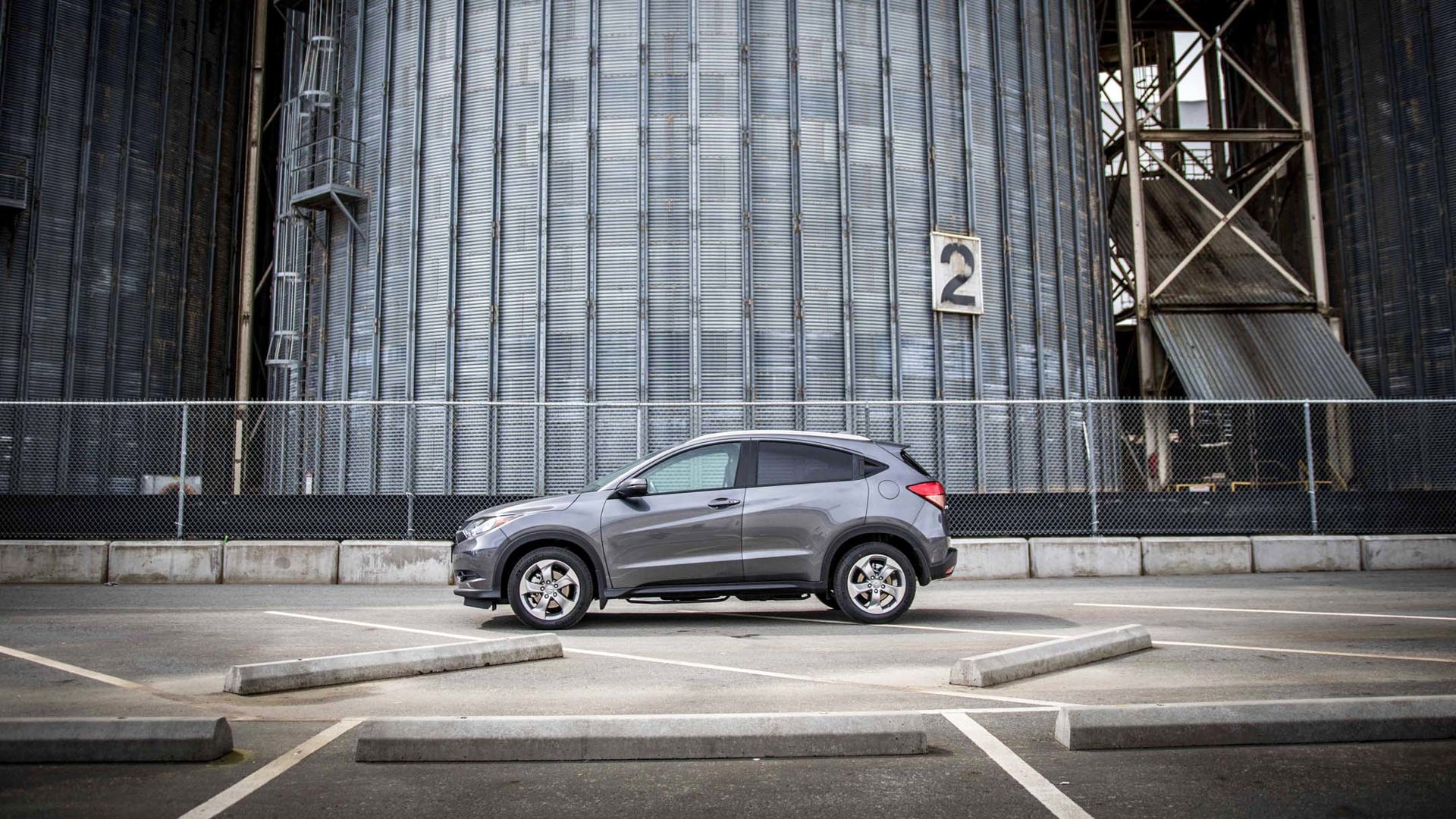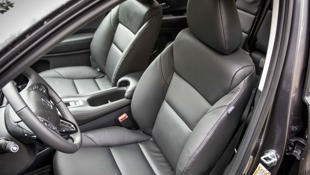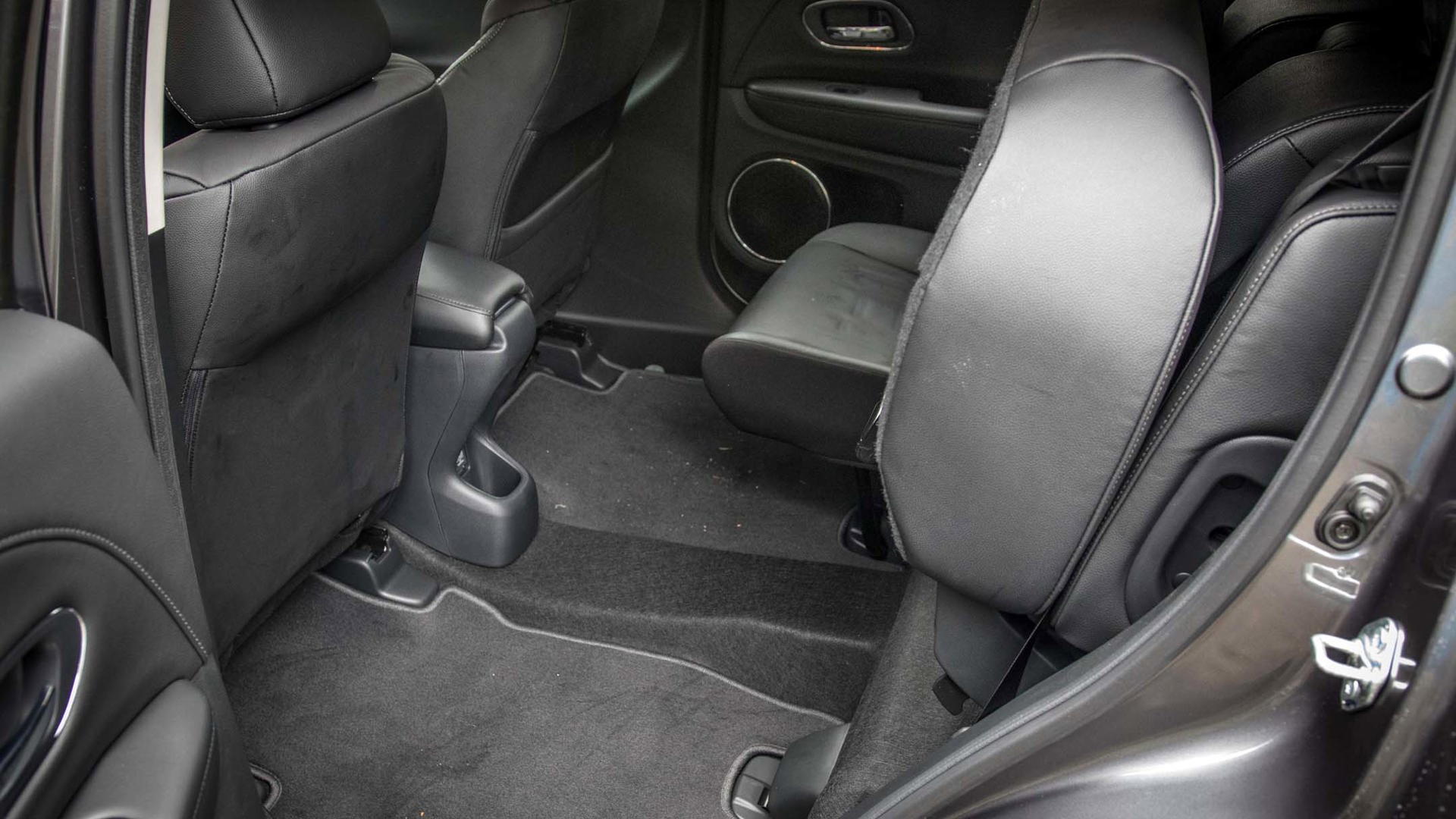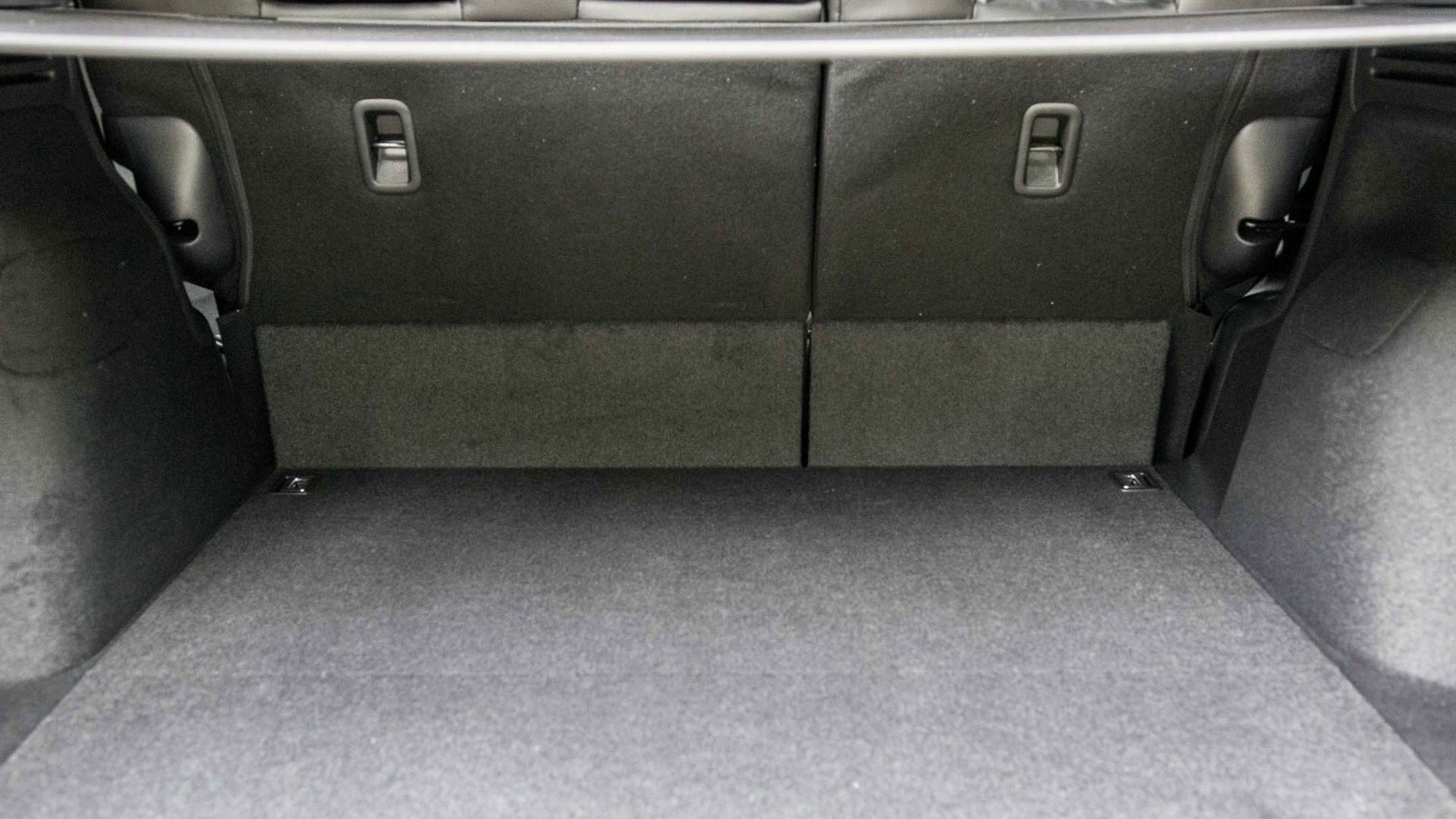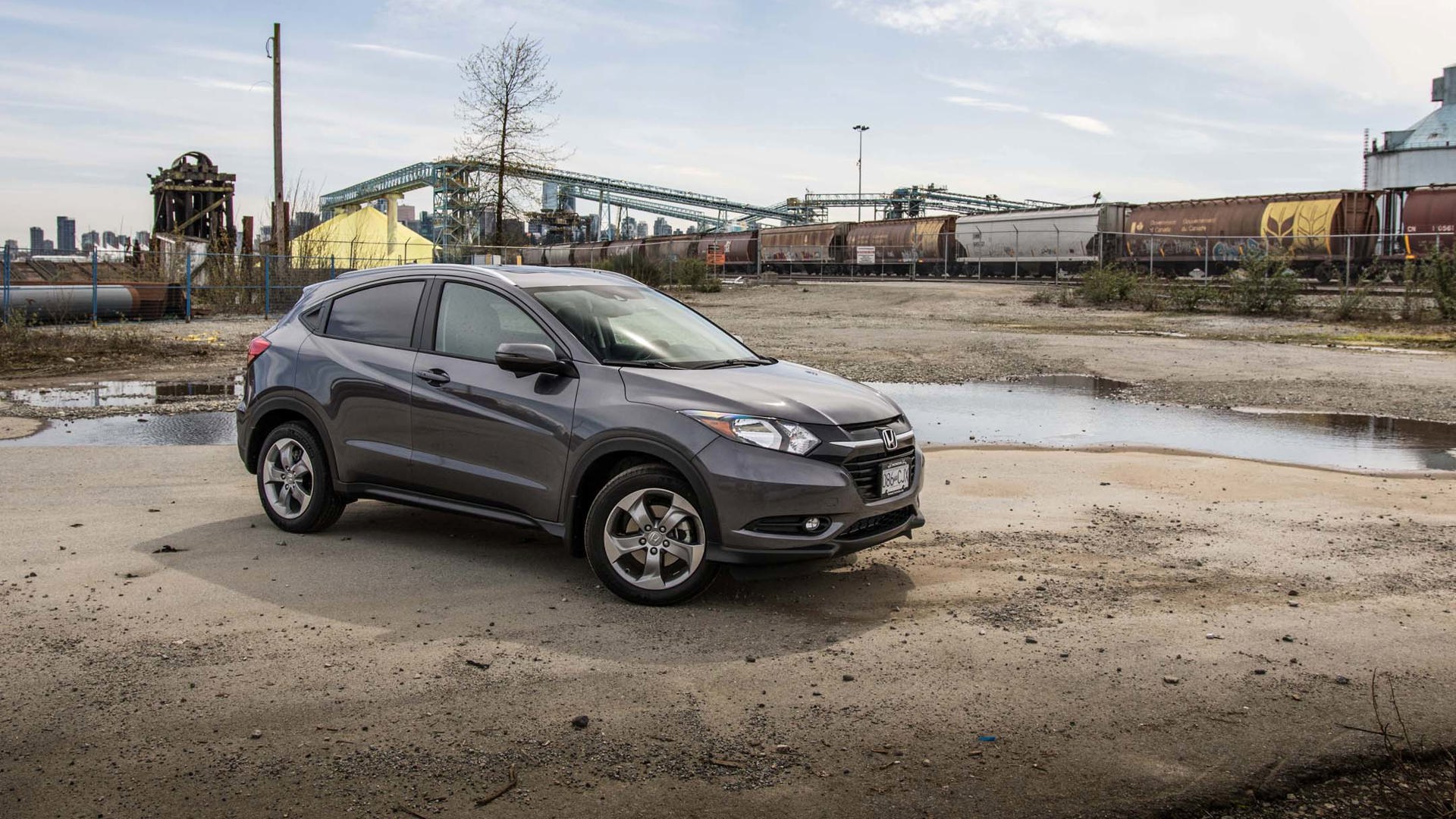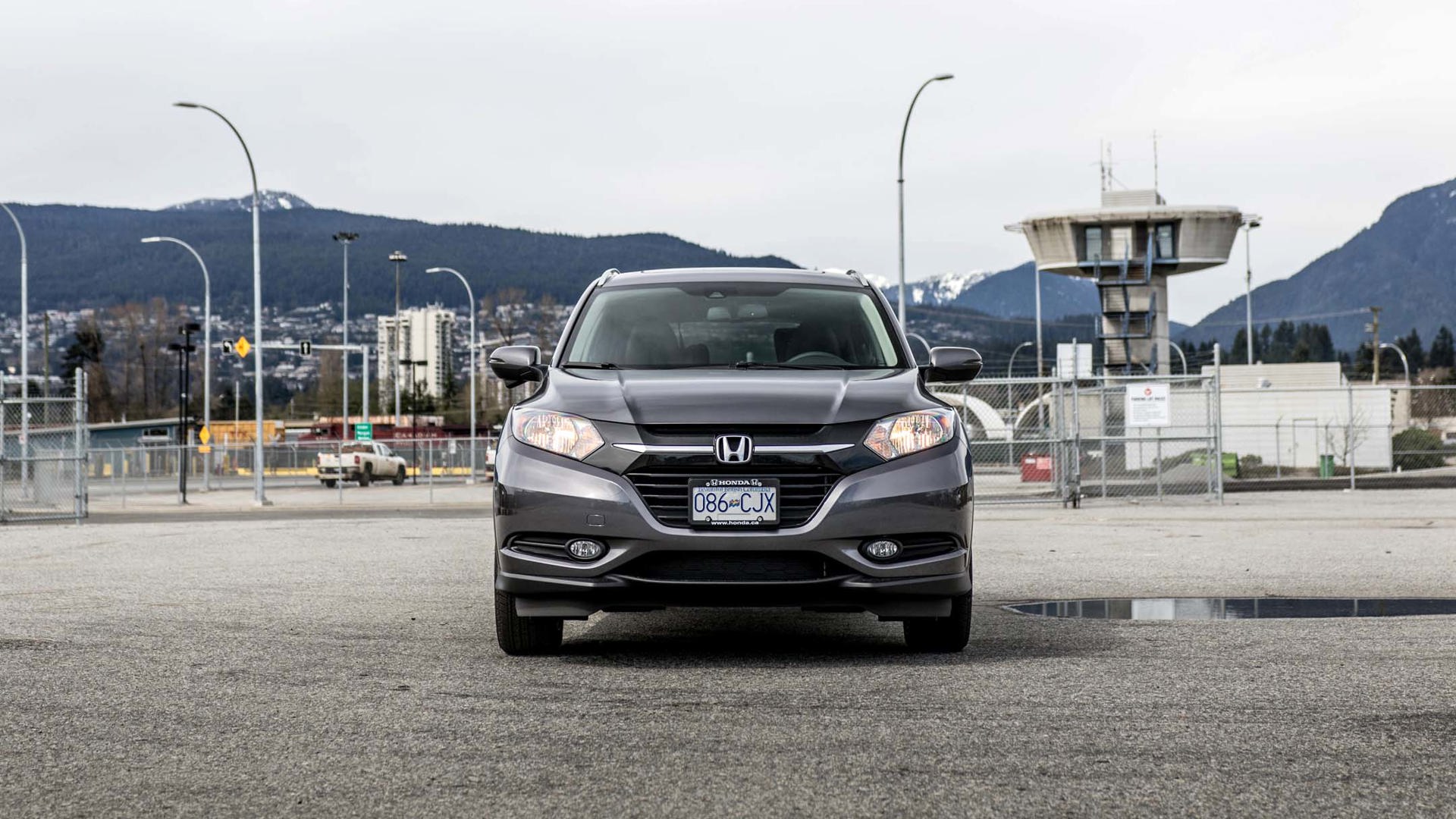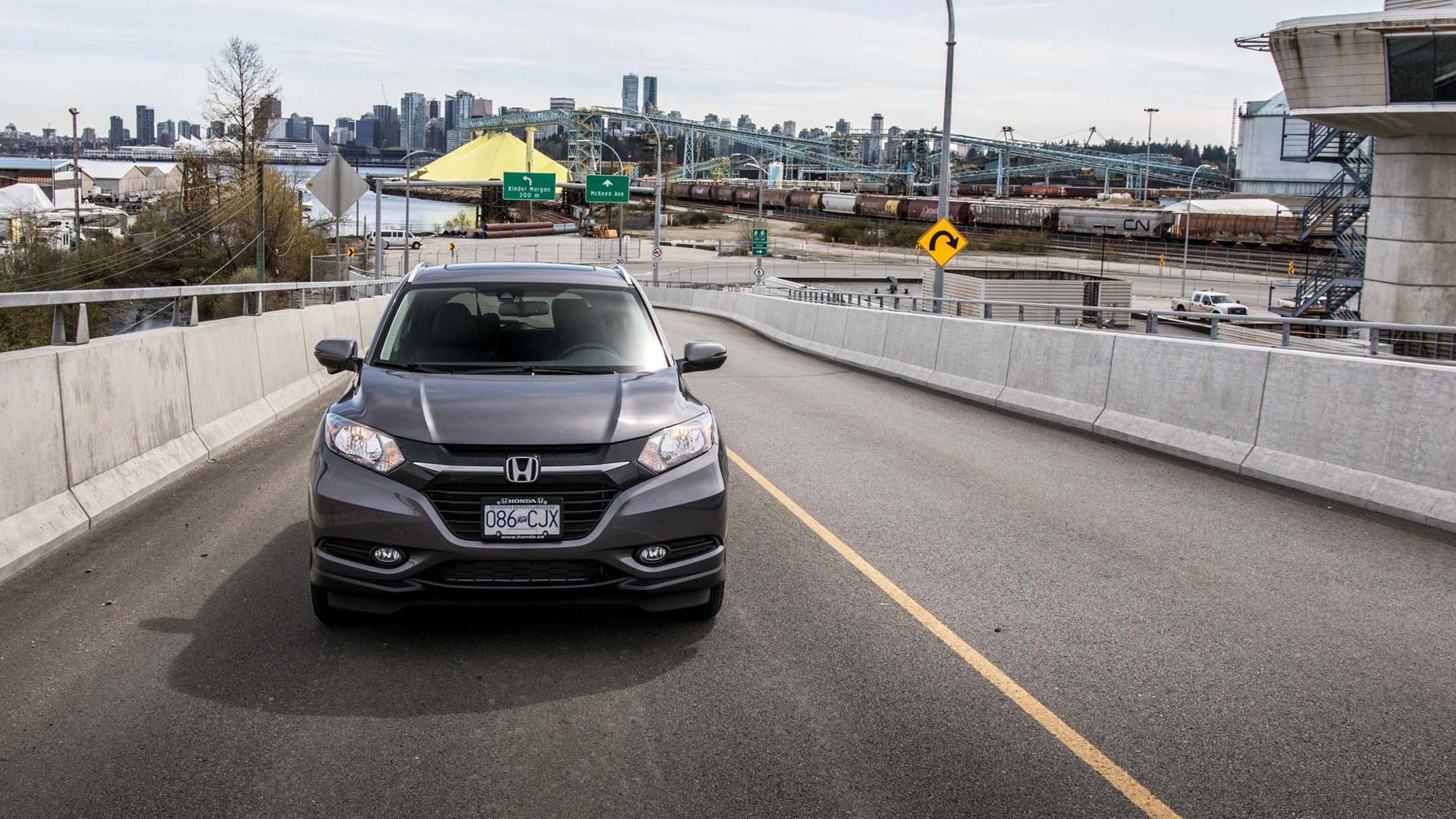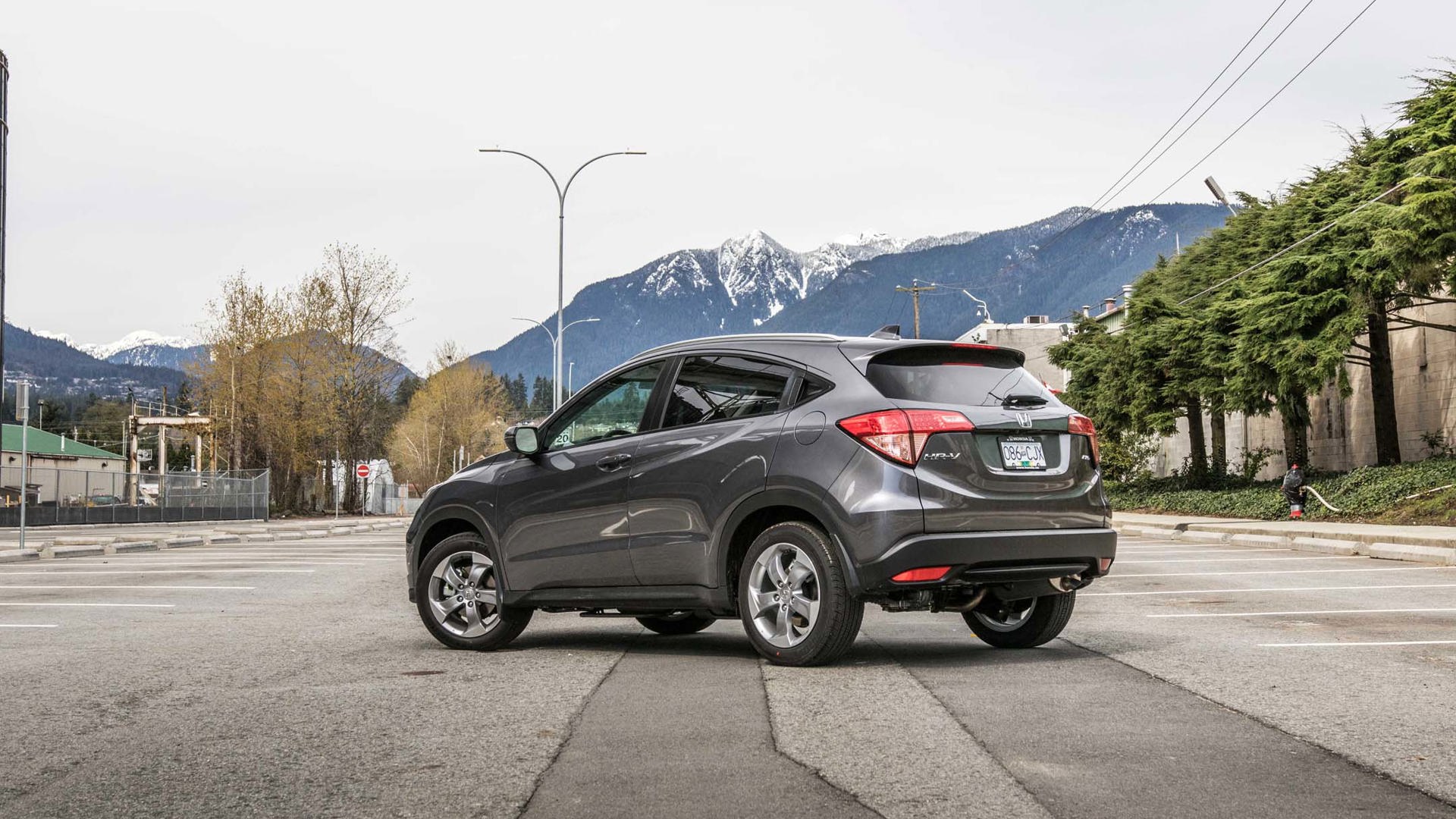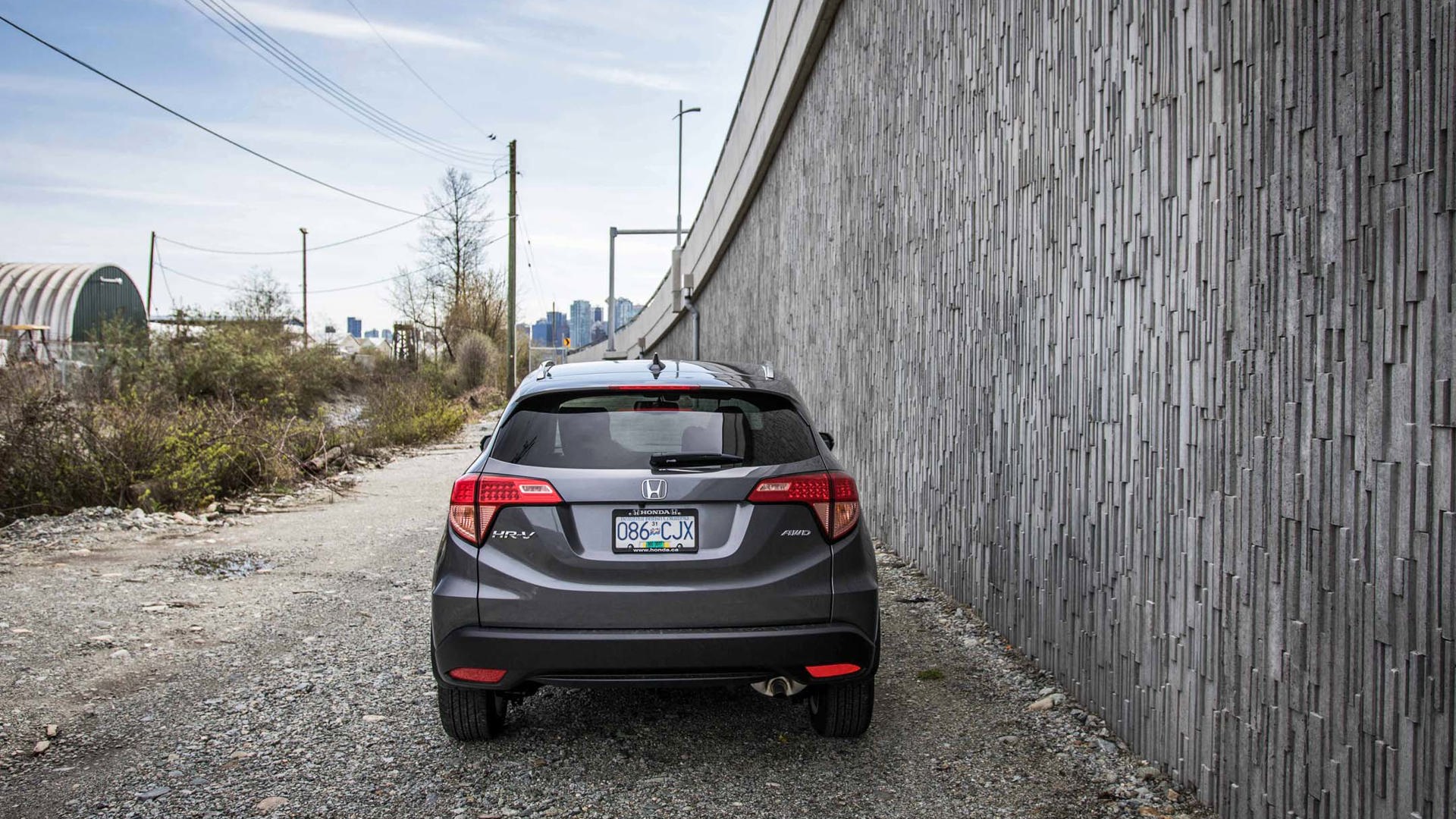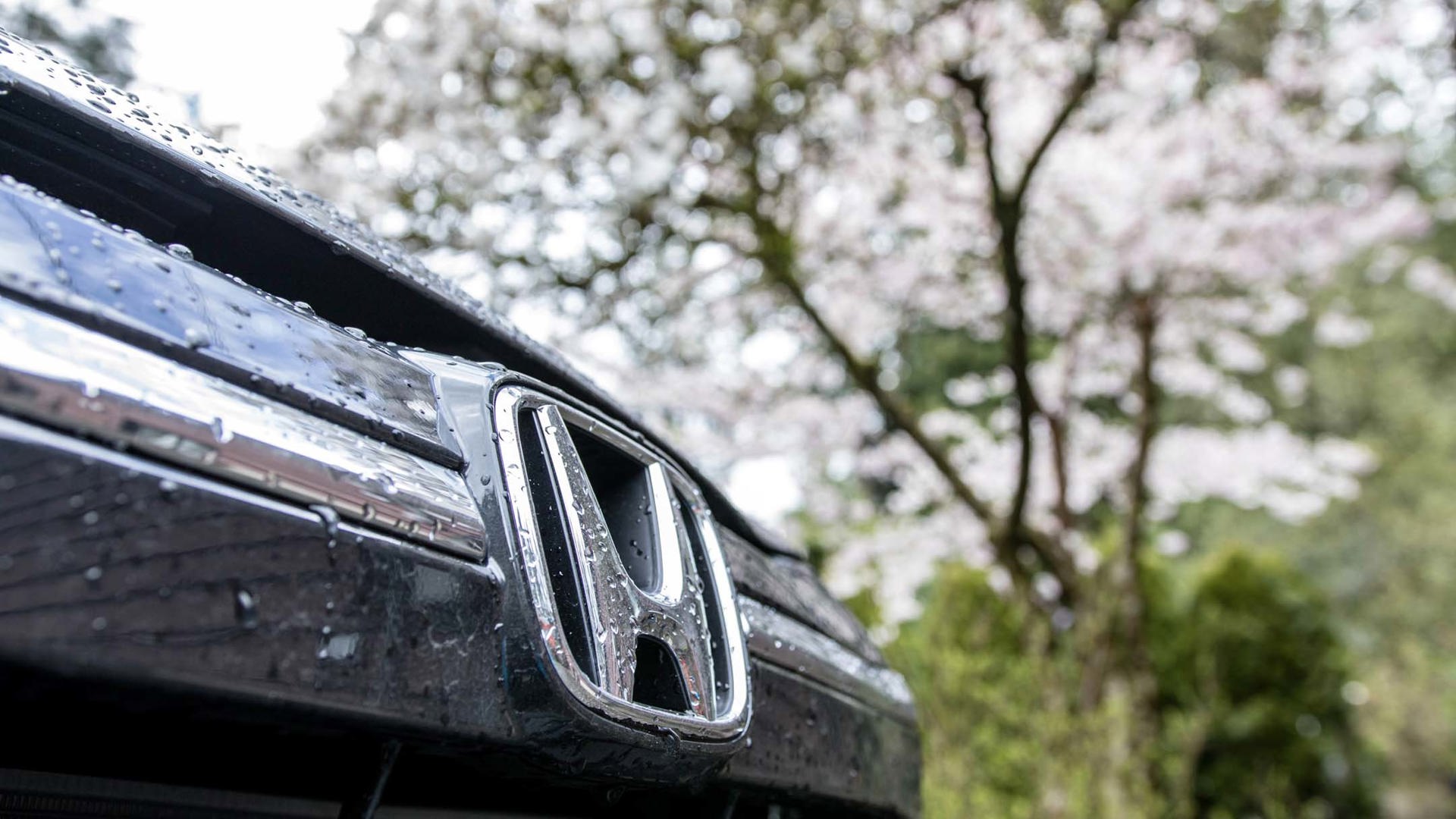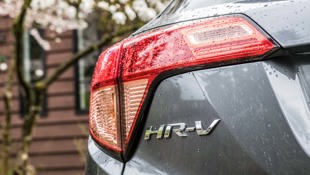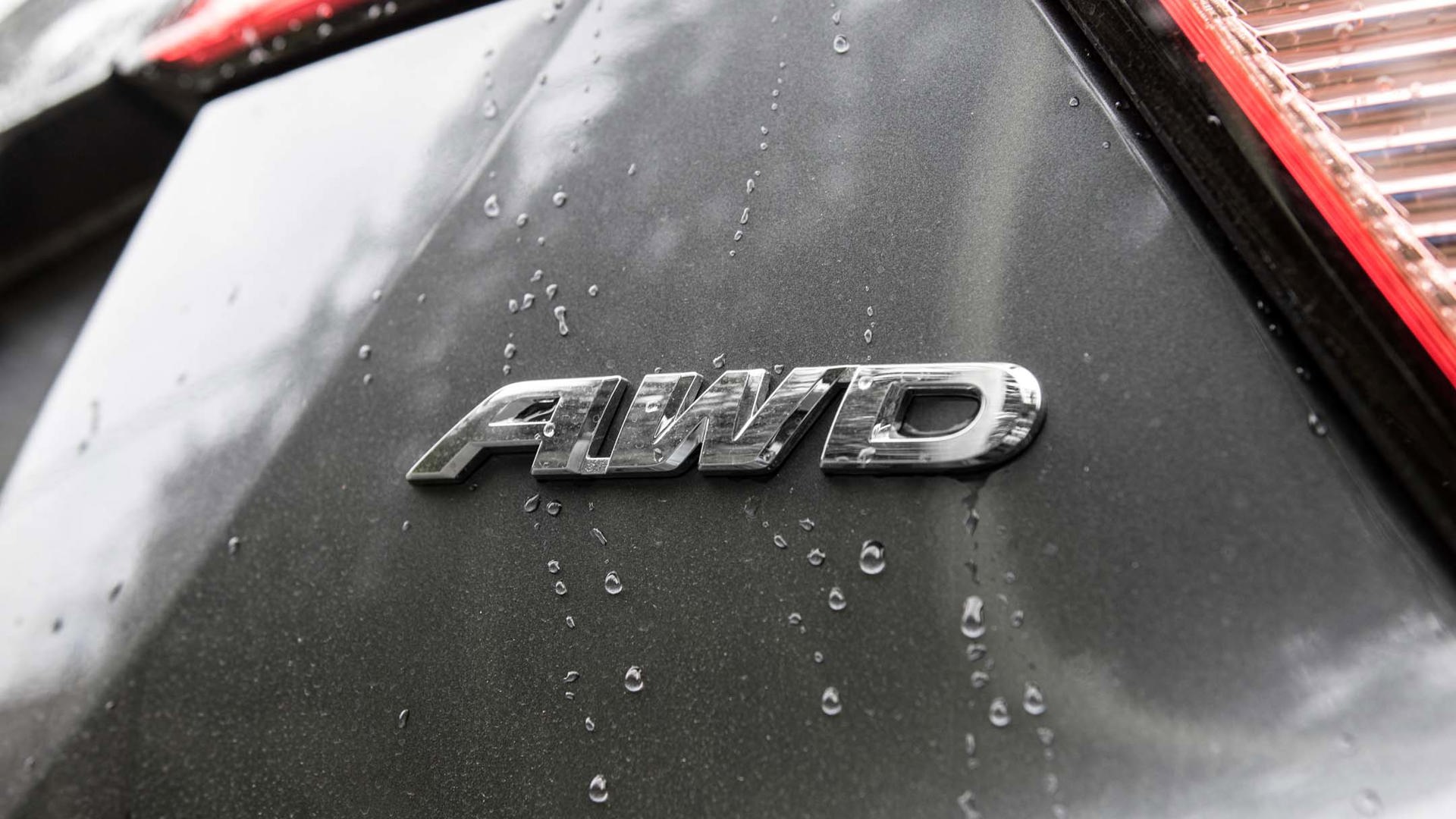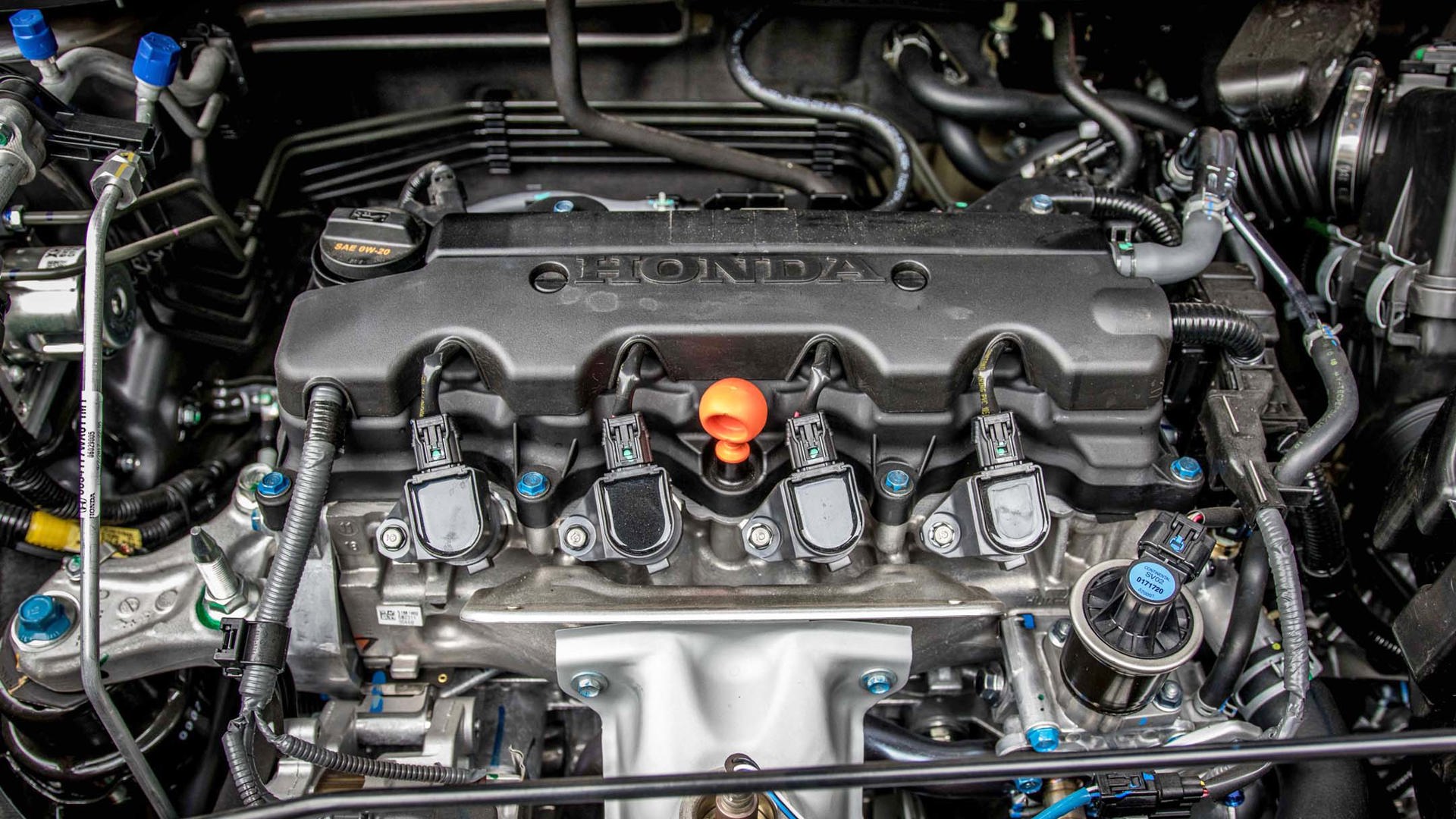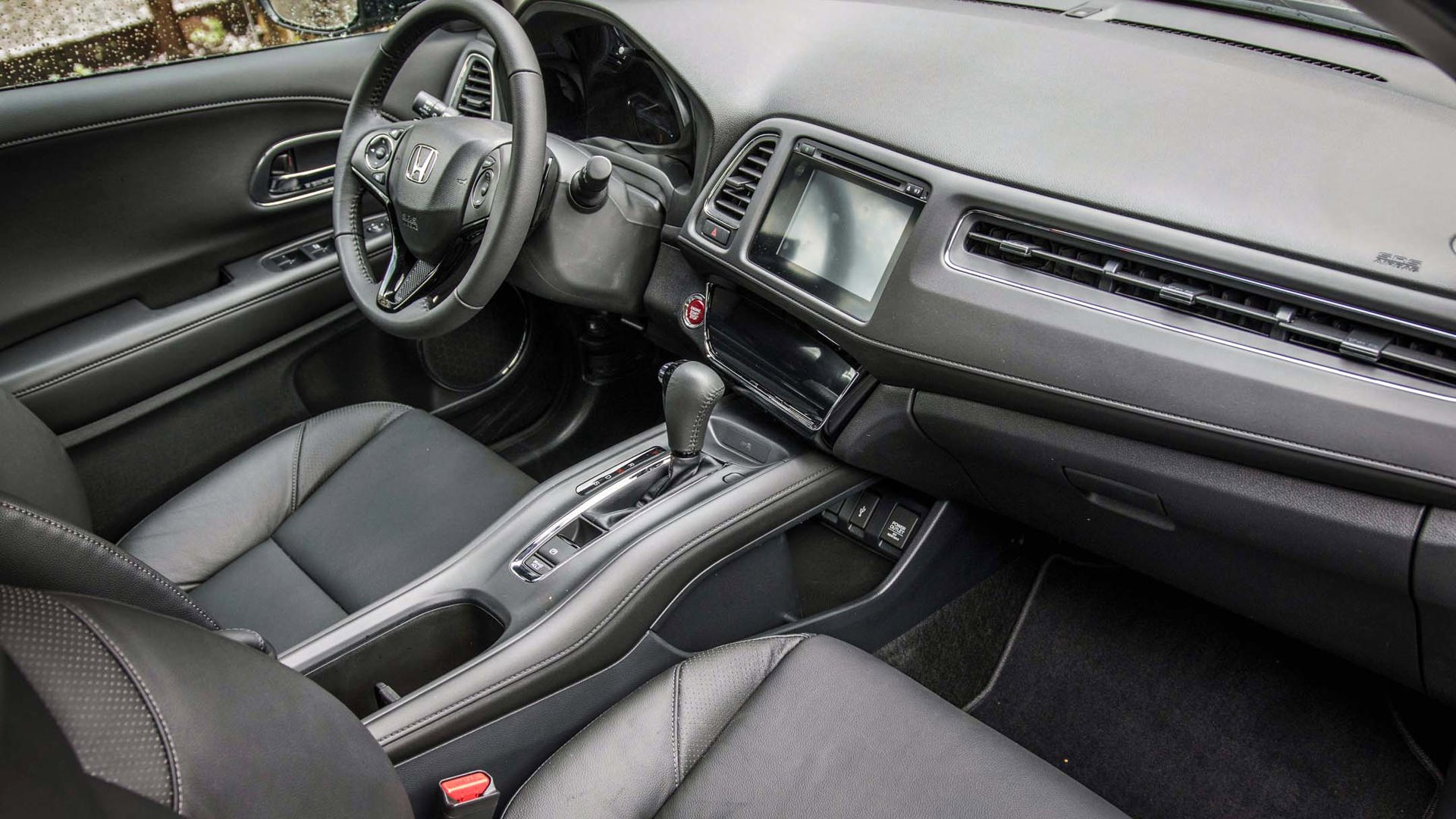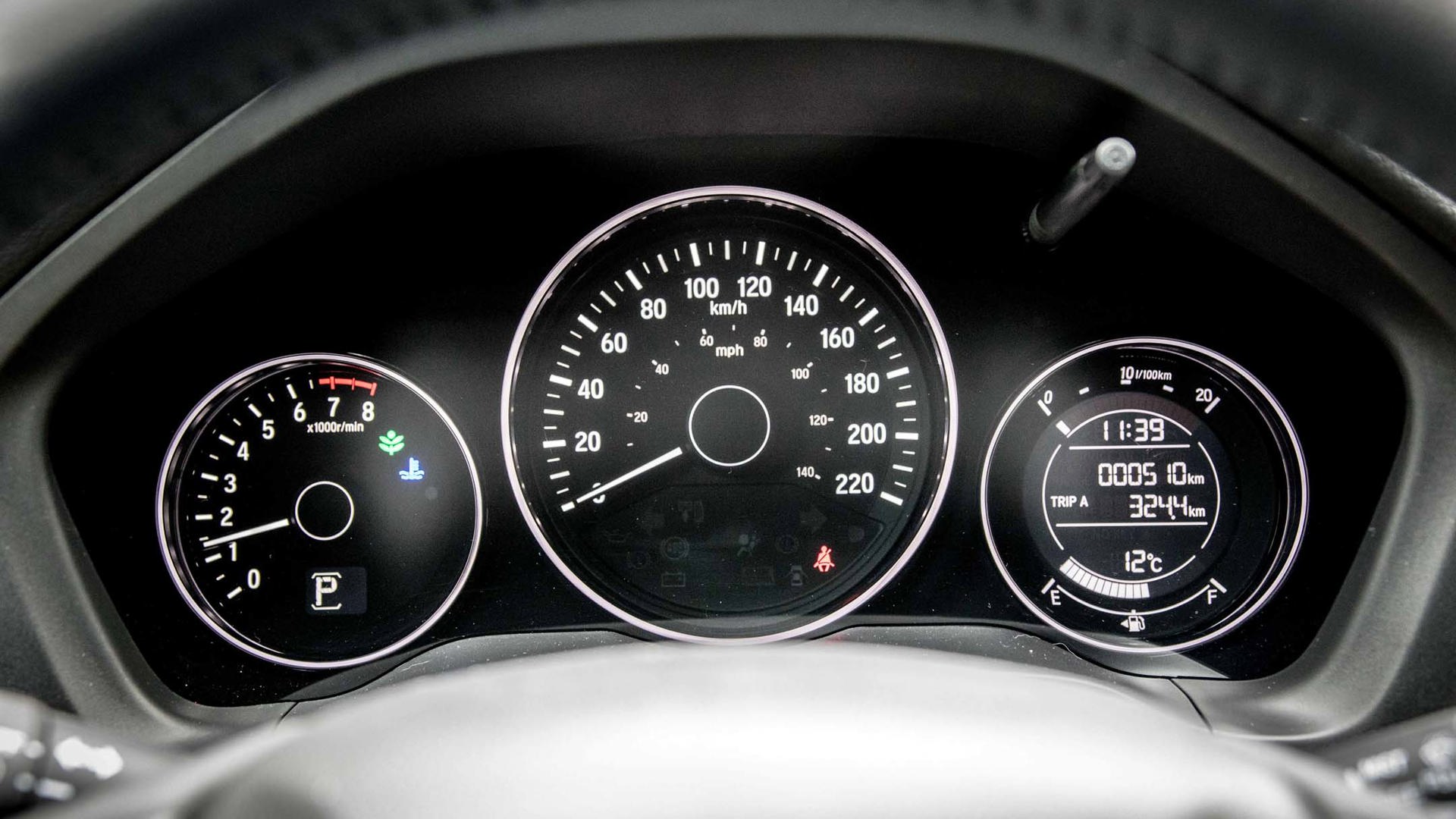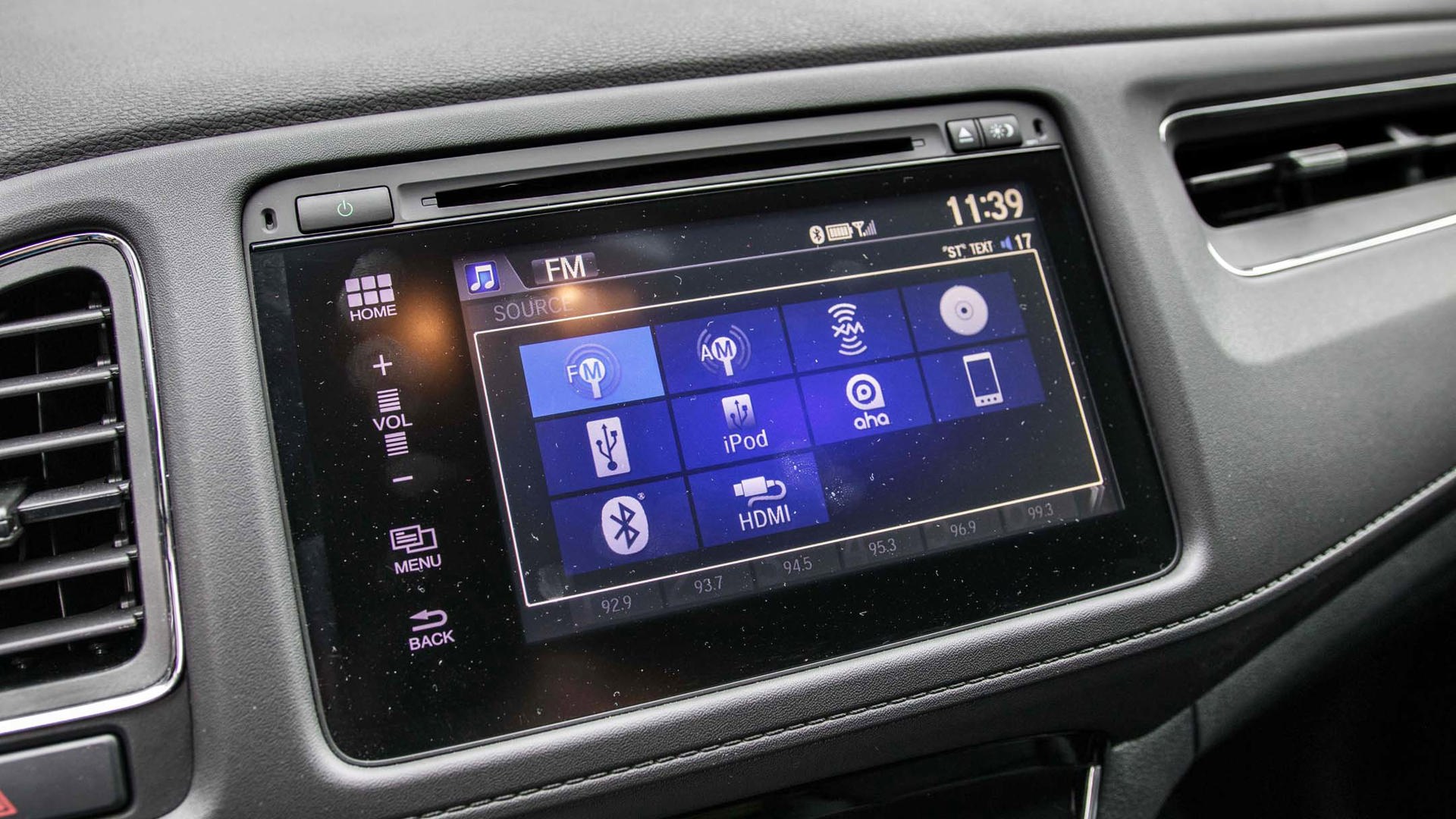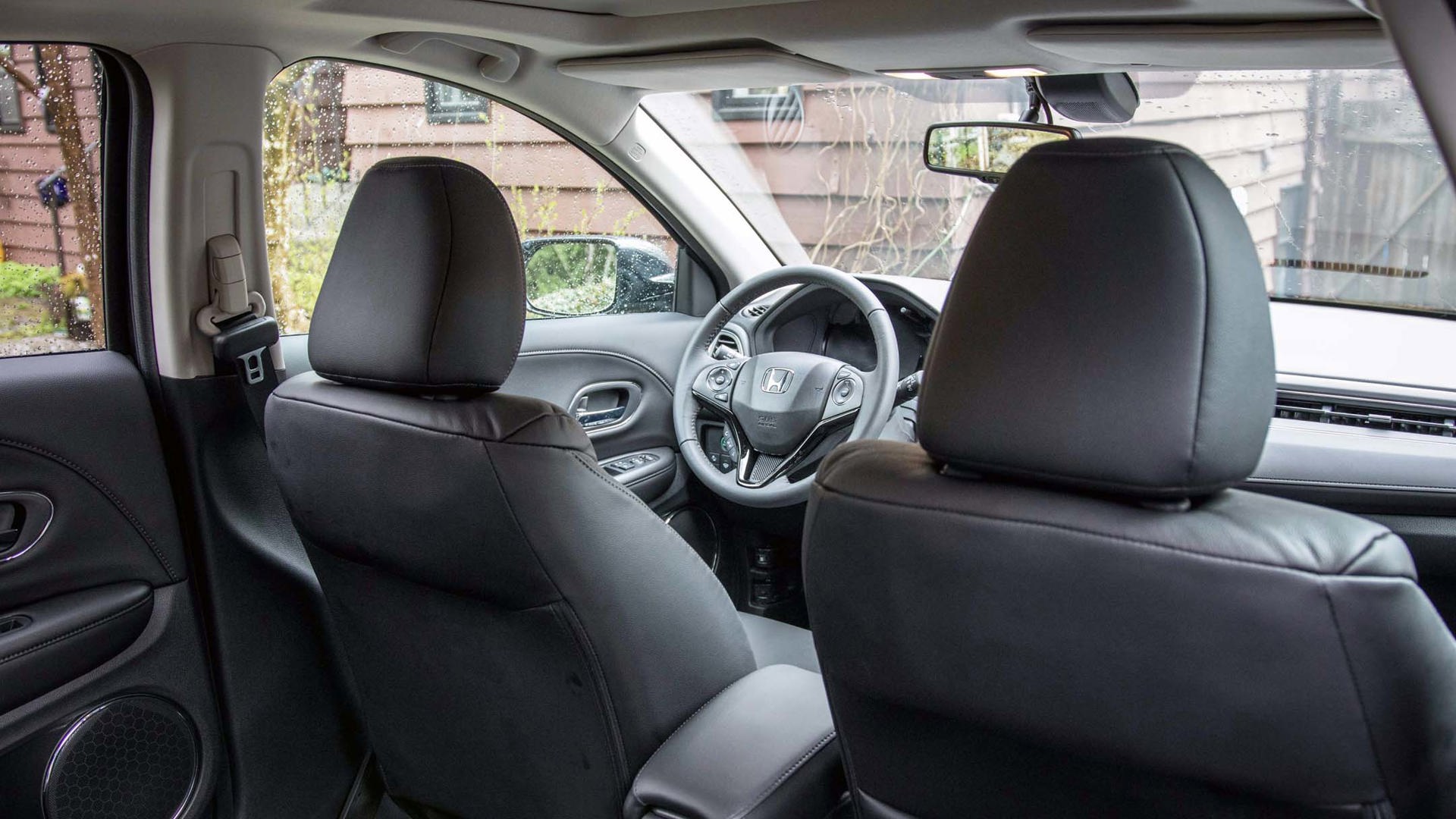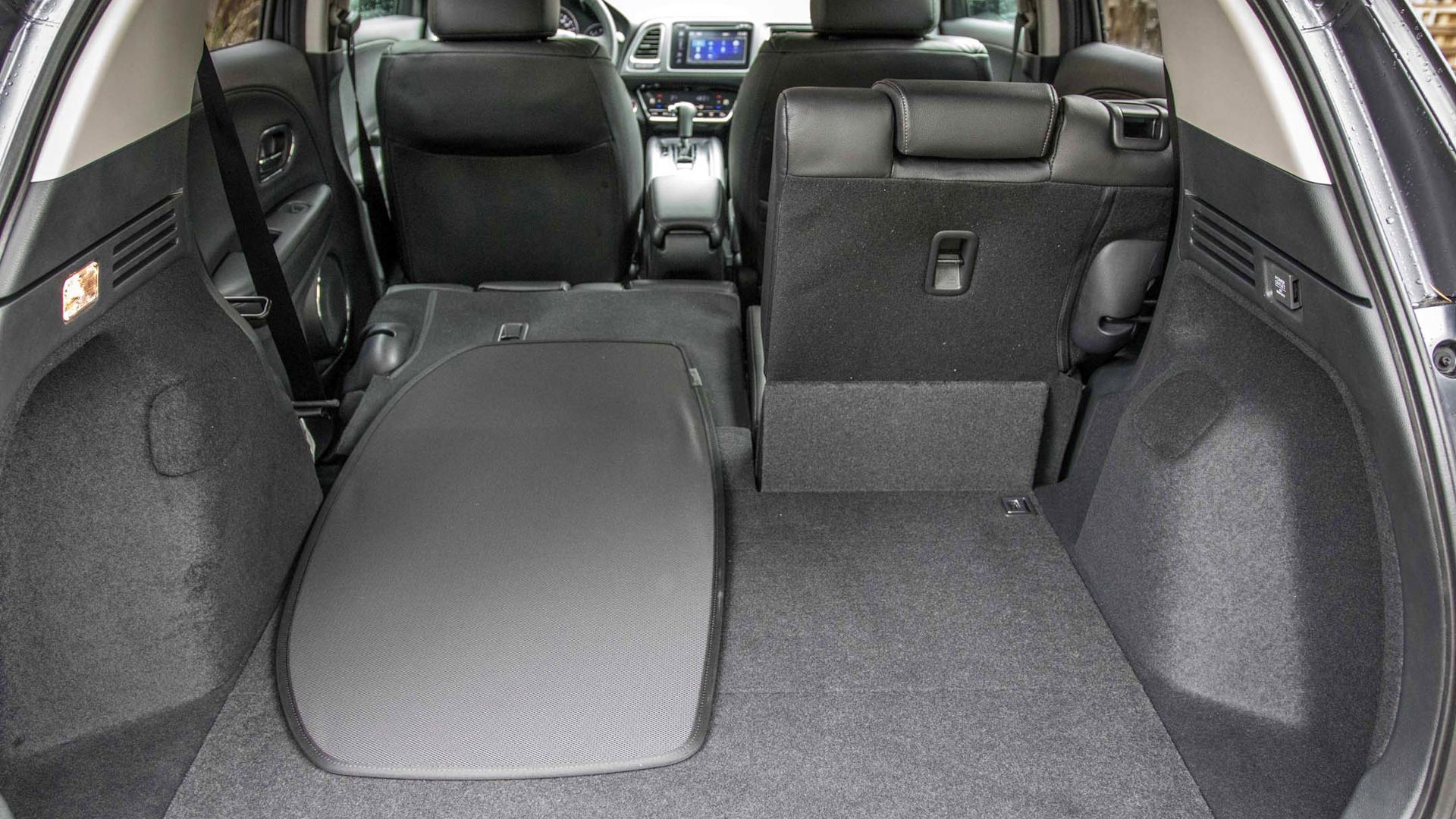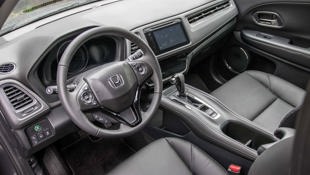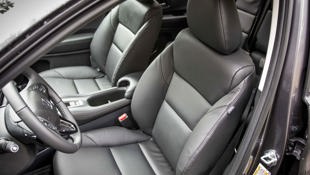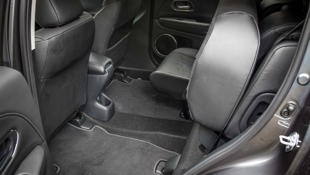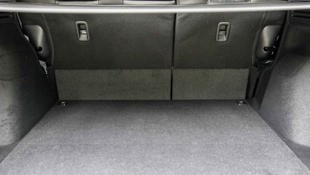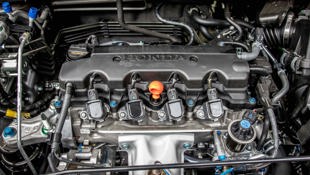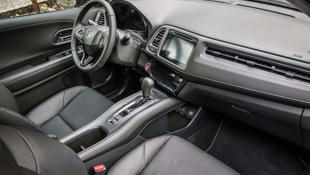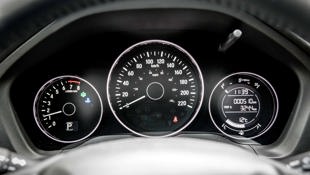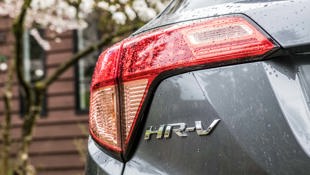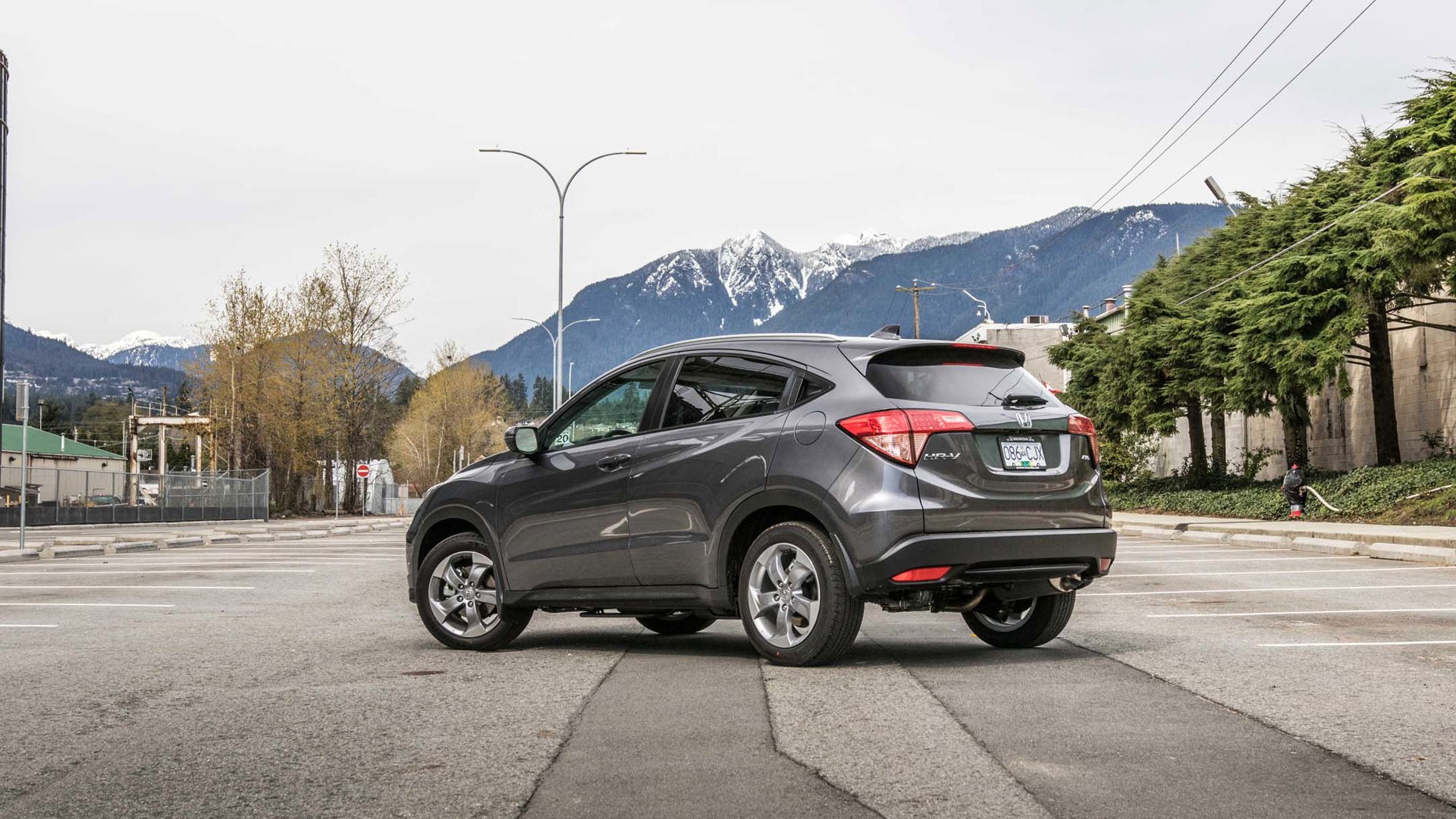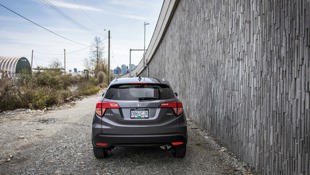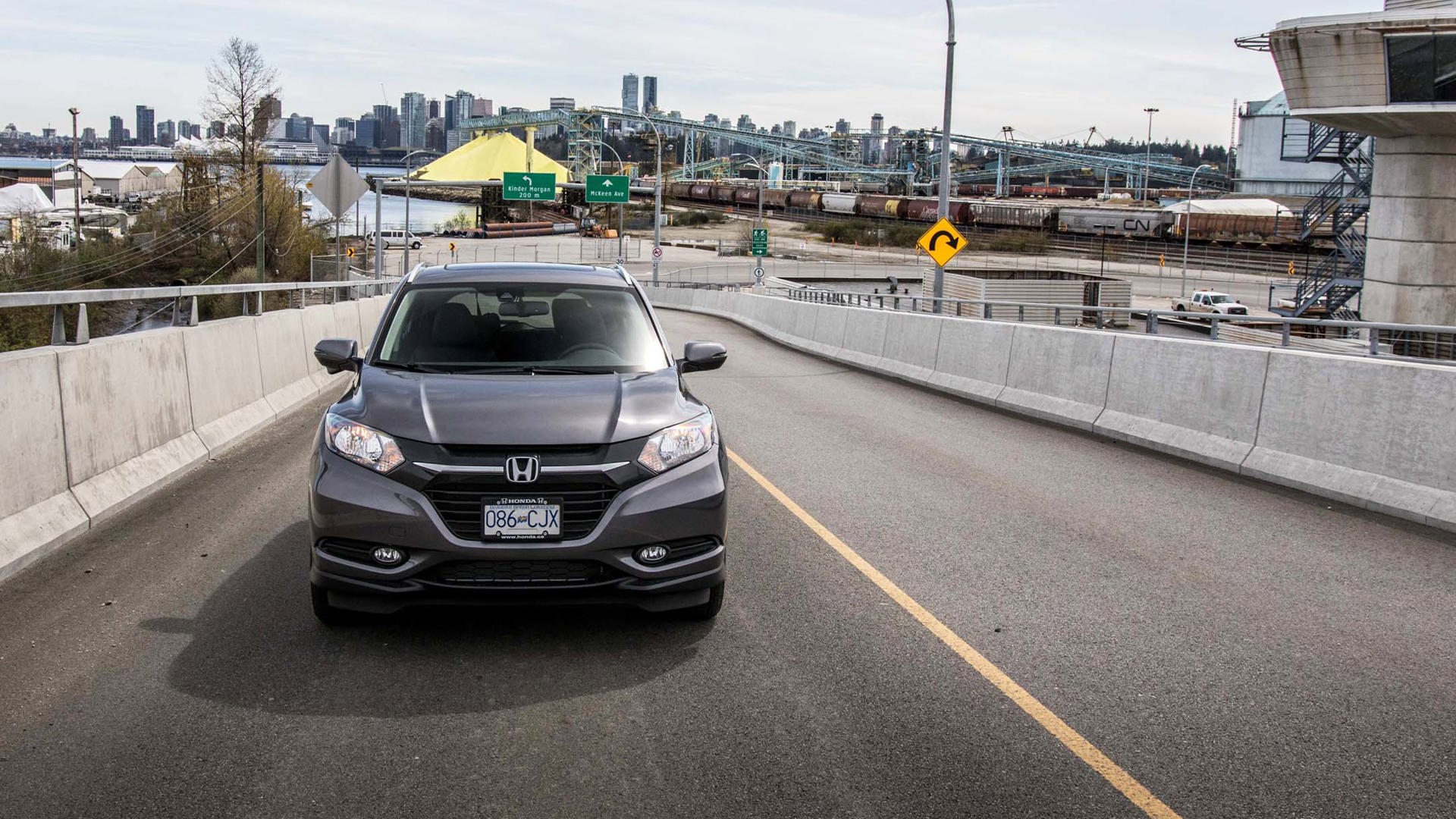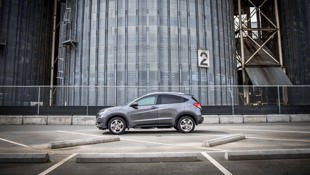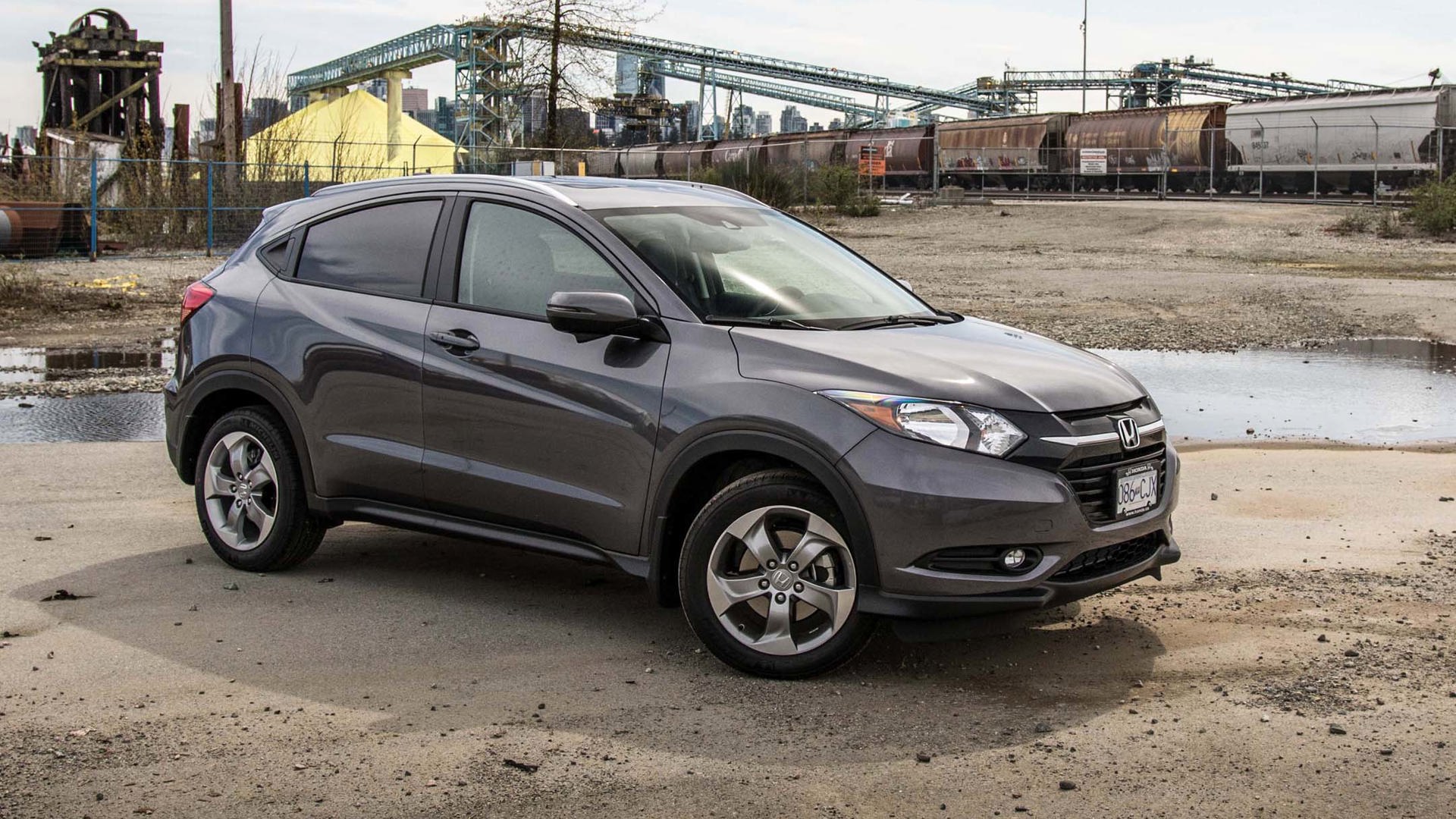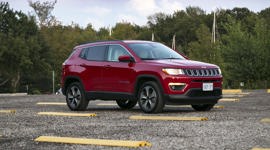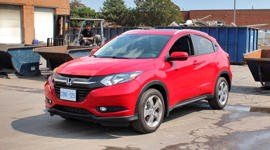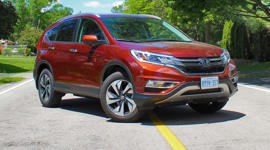 AutoTrader SCORE
AutoTrader SCORE
-
STYLING7/10
-
Safety7/10
-
PRACTICALITY9/10
-
USER-FRIENDLINESS9/10
-
FEATURES6/10
-
POWER5/10
-
COMFORT6/10
-
DRIVING FEEL6/10
-
FUEL ECONOMY6/10
-
VALUE6/10
If given leave to design a car for my own personal needs, I would incorporate several elements. First, I would take the all-wheel-drive from a Subaru WRX, for excellent traction. Then, I would take the useful, torquey, turbocharged direct-injection engine from a Subaru WRX. Then I would take a manual transmission, such as that you can get in a Subaru WRX. I’m sensing a pattern here.
With a Honda product, it would be nice to get something with a little wasabi under the good...
However (and happily), not every car was designed to please my gravel-loving, slidey-slidey nature. Thus, when something arrives for a week of testing, I try to evaluate it not against what I would personally prefer, but against how well it meets the target needs of those who might be interested in it. As Chuck Yeager is fond of saying, whenever anyone sends him a tweet asking about his favourite airplane, “Depends on the mission.”
In this case, I figured it best to dragoon my wife into driving this little Honda for a couple of days, as it seems to be aimed at her. Women factor into the vast majority of car-buying decisions (even more so if you assume the bulk of young, single men are picking out a set of wheels aiming to impress the ladies), and manufacturers have mostly figured out how to cater to both sexes when designing a machine.
The 2017 Honda HR-V is basically a crossover built out of a Honda Fit. It has a higher ride height than Honda’s subcompact, which is something shorter drivers seem to be interested in. It comes with available all-wheel drive, plenty of cargo room, clever folding seats, an efficient engine, and a small parking footprint.
My wife places practicality over luxury, clever space use over size, and value over brand snobbery. She also needs her car to be maneuverable around the city, as she has to do regular housecalls across the mainland. She grew up with a couple of Acuras, and would prefer something that didn’t guzzle fuel. I expected her to like the HR-V. She did not.
Let’s take a look at what works in the HR-V. First, basing anything off the Fit is a great idea. While the Fit has steadily got less fun to drive over past couple of generations, it still manages to charm with its nifty folding seats and relatively nippy handling. It reminds me a bit of the old Honda Civic Wagovan.
Something people seem not to like about the Fit: the looks. While the first-generation cars we got here were like little four-cylinder mice, the current car is a bit overdone. Ditto the Civic, come to think of it. In contrast, the HR-V looks pretty good, if a bit anonymous. All models come with nicely-sized 17-inch alloy wheels, and if the colour palette is not terribly exciting, there are at least more colours than monochromatic options.
On the inside, the HR-V gets most of what made the Fit good. The cargo area’s flexibility is everything the 2017 Mazda CX-3 is not. You’d have to get a much larger vehicle to best the HR-V’s 657 L behind the rear seats and 1,583 L seats-down capacity. The rear seats are also decently sized, with plenty of space for a child seat.
But up front things are less good. Taller drivers won’t love the seating position, and the three-quarter visibility is not good. What really irritates, however, is the HR-V’s touchscreen system, which is slow and clumsy. If you want to bypass it for voice commands, the system has a wooden ear, often misinterpreting simple commands to tune to radio frequencies.
If there were tuning knobs, you could overlook the voice commands; if the voice commands were simple, you could overlook the lack of knobs. Driving the HR-V back to back with a Civic Hatchback (which has essentially the same starting price, but a newer system) just reinforced the annoyance.
And then there’s the driving portion, which is the HR-V’s Achilles’ heel. Look, subcompacts aren’t supposed to be blazing fast, but with a Honda product, it would be nice to get something with a little wasabi under the good. Instead, the HR-V is blander than plain white rice. Somehow, the handling fun that’s been fading away in the Fit has completely disappeared here, likely due to the higher ride height.
Then there’s the power situation, which is not great. The HR-V comes with a larger engine than the Fit: a 1.8L four-cylinder making 141 hp and 127 lb-ft of torque. Paired with a manual transmission and front-wheel drive only, that’s probably enough for the HR-V to get out of its own way. When strapped to a CVT and all-wheel drive, it’s sluggish. Instrumented tests show 0–100km/h taking nearly ten seconds.
Which would be fine if the fuel economy was excellent, but again here we have a problem. The HR-V’s 8.9 L/100 km city and 7.5 L/100 km highway seem reasonable, and over a week’s worth of driving, it easily hit those targets. The problem is that you could just buy a CR-V – and get better economy in a bigger car.
The 1.8L four seems overtaxed here, and there’s another by-product besides molluscan acceleration and ho-hum fuel economy. Noise. The HR-V is noisy, especially when you have to stir up the 1.8L four.
All these attributes caused my wife to take a rather dim view of the HR-V. I didn’t disagree with her. Compared to the Mazda CX-3, the HR-V is a far more roomy and practical utility vehicle, and many intenders won’t care that the CX-3 is a better-handling machine. They will, however, care about fuel economy and slow off-the-line performance.
And then there’s my biggest problem with the HR-V, which arrived on Monday in the form of a 2,800 lb hatchback. The Civic is Canada’s favourite car, and has been for more than a decade. The new hatchback is so good, it feels like the company is rewarding us.
If Honda puts the new 1.5L turbo engine into the HR-V and fixes the infotainment, it’d be worth another go-round. I could deal with the roly-poly handling if it had gumption to match its practical nature.
However, for an as-tested $30,450, I would either happily forgo the all-wheel-drive and get a Civic hatchback with more seats-up storage and a real fun to drive Honda character. Or perhaps I’d do without the leather and navigation and move up to a CR-V to haul even more stuff around.
As I said from the outset, how good a car is depends on how well it performs at its mission. The HR-V has its good points, but if the mission is being the best car for your money, it’s not. It isn’t even the best Honda.
| Engine Displacement | 1.8L |
|---|---|
| Engine Cylinders | 4 |
| Peak Horsepower | 141 hp at 6,500 rpm |
| Peak Torque | 127 lb-ft at 4,300 rpm |
| Fuel Economy | 8.9/7.5/8.5 L/100 km city/hwy/cmb |
| Cargo Space | 675 L/1,853 L seats down |
| Model Tested | 2017 Honda HR-V EX-L Navi |
| Base Price | $30,450 |
| A/C Tax | $100 |
| Destination Fee | $1,725 |
| Price as Tested | $32,275 |
|
Optional Equipment
None
|
|
